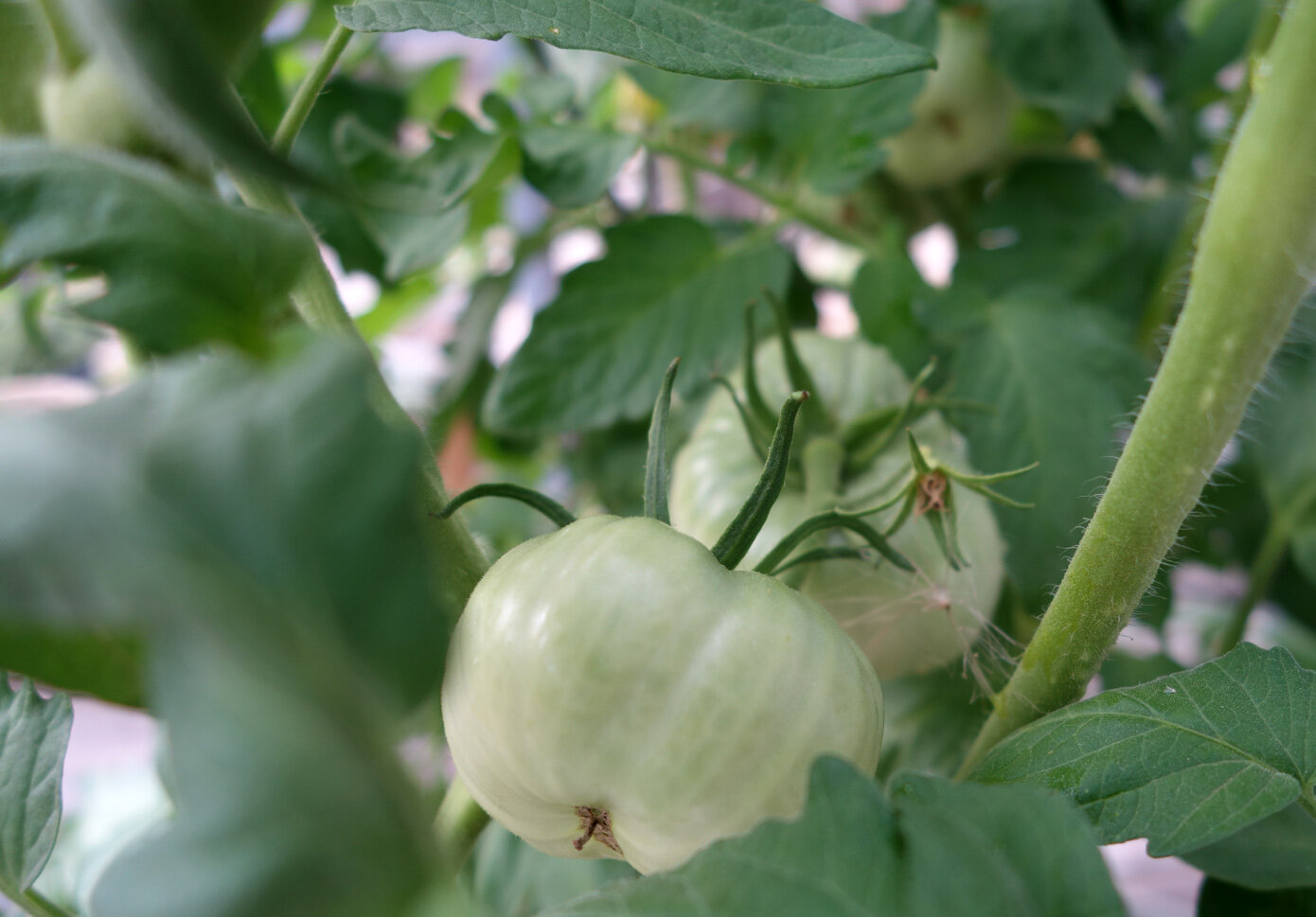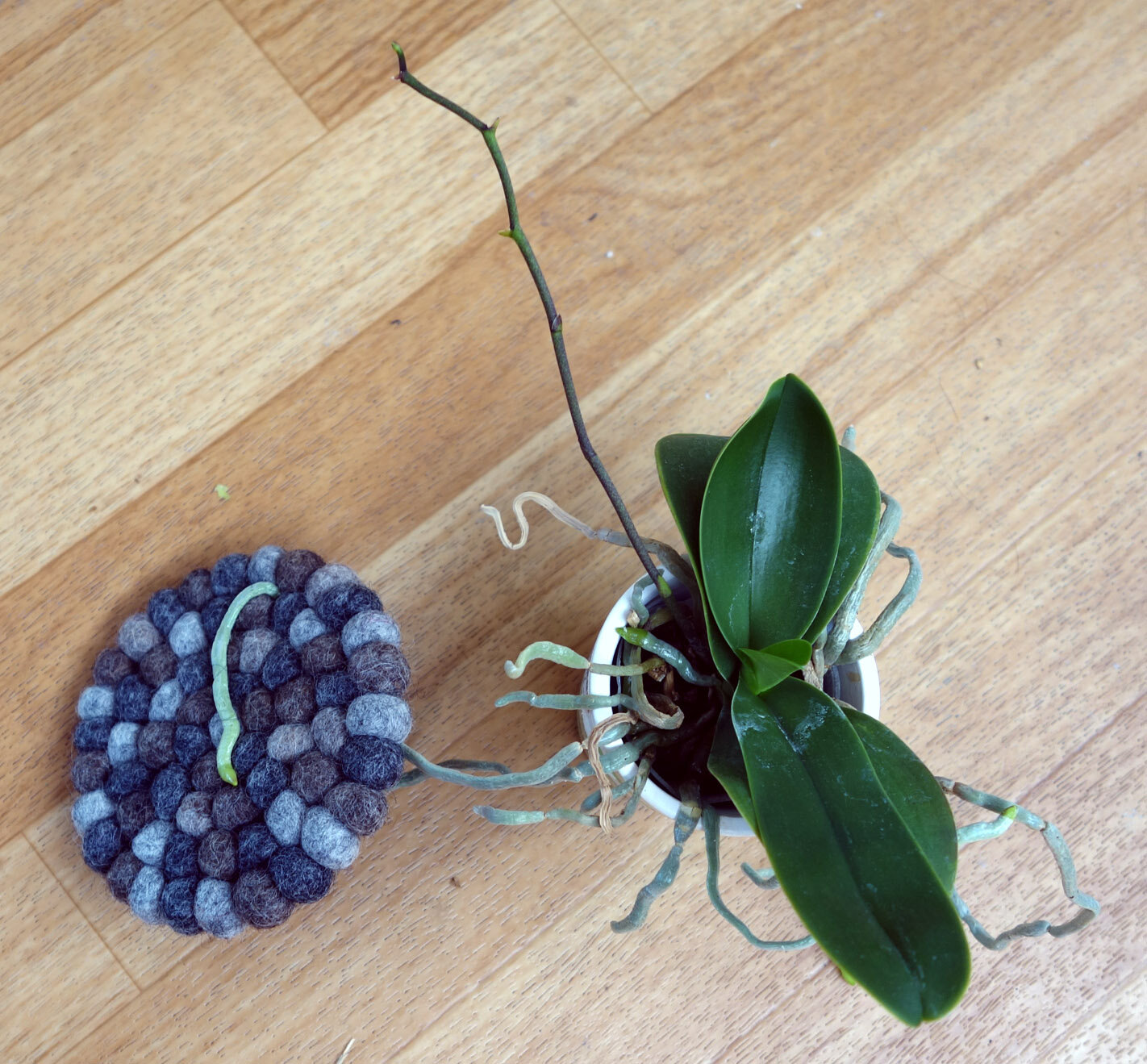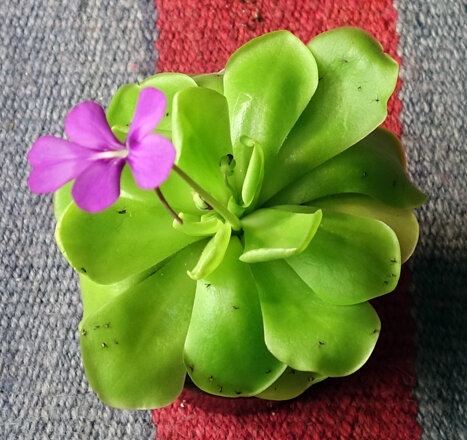I’ve written about linguistic relativity before but here’s another perception-is-relative reference point. I was recently discussing with some friends how one of their parents has a hearing blip where a certain frequency just doesn’t register for him but he otherwise has normal hearing. I mentioned that I have the opposite problem - there was an extremely popular song a few years ago that hurts me to hear due to the repeated high-pitched screech that’s been accidentally built into the soundtrack.
I have always been confident that it’s accidental and that most people can’t hear it because it is an extremely undesirable sound. If everyone experienced the song the way I do, there’s no way it could be popular; I had to scramble to change radio stations or playlists when it came on because it’s legitimately painful to listen to. To me it sounds like an audio feedback squeal but it’s very high in pitch. If you’ve ever heard a TV set that’s on but not playing, or an elevator waiting for its doors to be unblocked, it’s in that kind of register but piercing. If not - well, I can hear if a TV is on or if someone is blocking elevator doors with their bag even though they’re certain they’re inside because those pieces of equipment do make a kind of whining noise in those circumstances… and I can also hear this horrible sound in the song. If I had to listen to the whole song and then you told me my ears were bleeding a little, I would probably believe you. I can’t think of another song I’ve heard that has this problem.
My friends obviously asked me what song this was. I couldn’t immediately recall because I spent a lot of time trying not to listen to it… but the trauma of the shriek was burned into my brain and I did hear the opening sequence a lot before managing to switch it off so I was able to remember enough preceding lyrics that I could research and ID it as OneRepublic’s Counting Stars. According to Wikipedia, this song reached billboard number two in the US, number one in a bunch of countries, and is the 14th most played video on YouTube as of a few months ago. People in general really like this song.
As would presumably be expected, my friends then listened to it themselves and couldn’t hear it. I wanted to see if I could find any substantiation of my issue with it online for them - and I did! Though as expected, only from a very small minority of people relative to those who’ve been exposed to the song. I don’t know if you’ll find any of this as funny as I did since of course odds are you can’t hear the problem either, but I am amused to have found my people and thought I’d share:
Here’s a Reddit thread about the issue, with timestamps about when it occurs. (A couple responders can’t hear it but don’t recognize that, and so their answers are about normal audio effects. Communication problems do crop up with relativity studies.) Another Reddit user lists it as a ruined song, which I wholeheartedly agree with.
Here’s an upset-yet-supportive Amazon review.
Here’s a Twitter thread with the band. (Again, since they can’t hear it, they think people are talking about different sounds which results in a fair amount of confused and inaccurate cross-talk.)
Here’s an edited version of the song that removes the problem, with hilarious comments supporting the change.
Kudos to both the listeners who white-knuckled their way through the song to timestamp it and the editors who then invested time into removing the sounds from the song (there’s more than one edit out there as I guess several people independently wanted to fix it!). I also thought it interesting that most people are describing it as a “squeak,” as to me that’s too diminutive a label for its sharp intensity and implies additional variance in how it’s heard even by those who do hear it. I side with one commenter who instead described it as an “ice pick to the brain.”
One of my friends did follow up to share that upon listening at 25% speed - YouTube offers that option! - she could discern it and found it annoying. So if you want to potentially ruin the song for yourself, you can give that a try.
I wonder what other experiences set each one of us apart from the crowd - both the ones we’ve sussed out and the ones we might never recognize.
























































